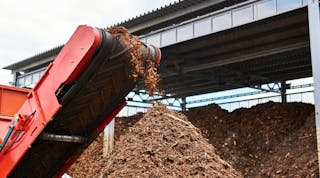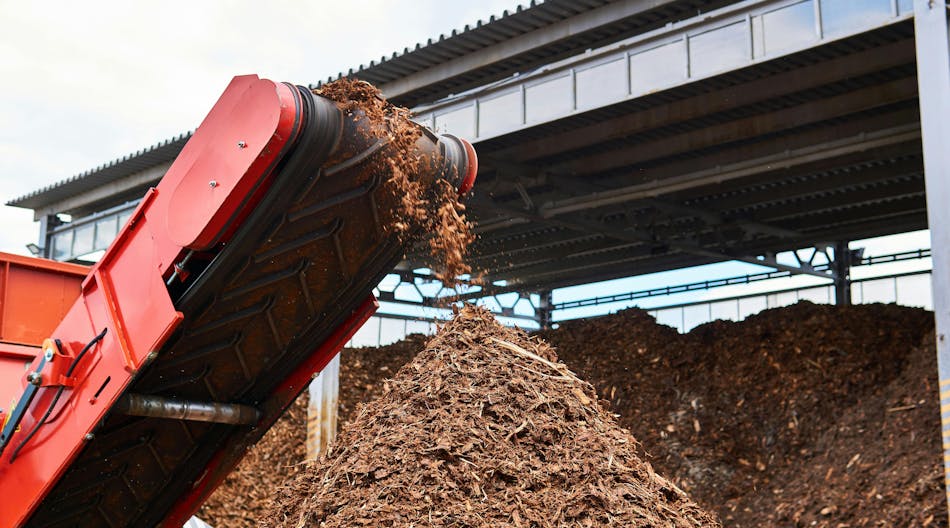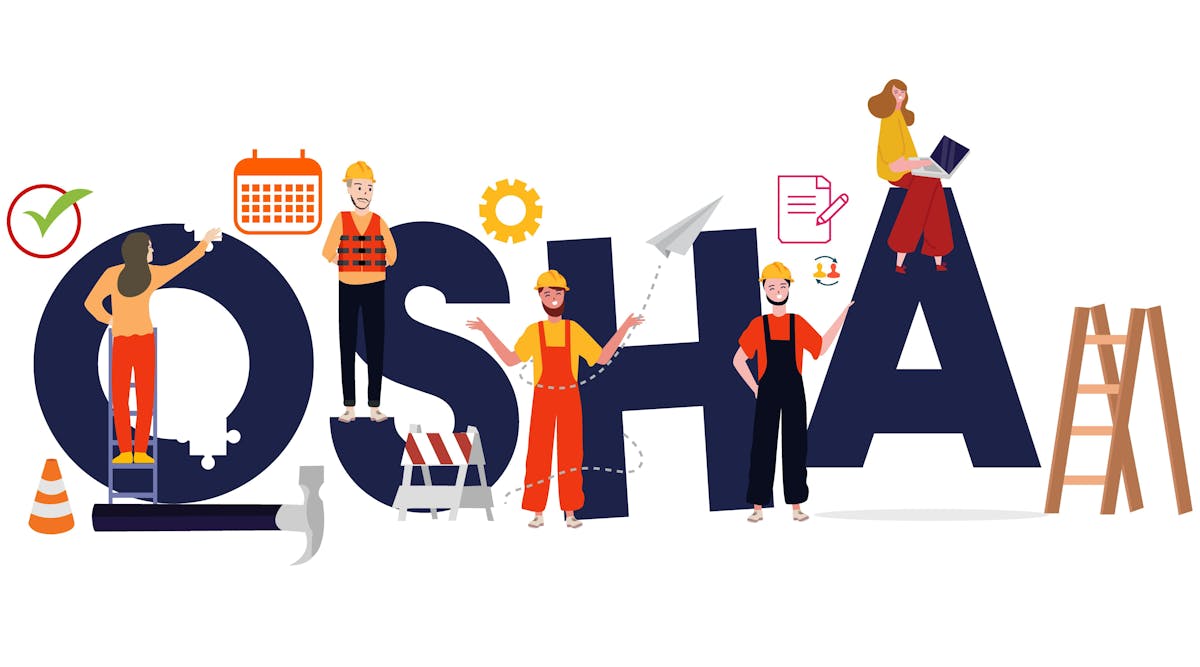The Mine Safety and Health Administration (MSHA) has requested public comments on the Program Policy Letter (PPL) it issued regarding escape ways and refuges used in underground metal and nonmetal mines where miners may need to shelter in place during an emergency.
The refuge policy letter is being issued for public comment prior to becoming final in spite of the fact that the PPL is not to be considered a formal rulemaking with all of the added administrative steps that entails, MSHA notes. “However, MSHA believes the PPL is necessary to address significant safety issues regarding the placement of a refuge in a location that provides miners access if they cannot escape,” it says.
A copy of the MSHA letter and request for comments is available in the Federal Register. Comments are due no later than September 27, 2019.
Federal regulations require escape ways be created in underground metal and nonmetal mines that will allow miners to escape in emergencies, and when they cannot escape, the standard requires refuges to enable miners to shelter safely in place until they can be rescued.
MSHA says it determined that this guidance is needed due to questions it received from mine operators in regard to refuge chamber placement. MSHA says that because the guidance is expected to raise novel legal and policy issues, it is seeking public comment on the letter’s contents.
The PPL attempts to clarify the placement of refuges required by the standard. MSHA says in the letter that the standard recognizes two exceptions to the requirement that underground miners be provided at least two separate escape ways from their working places to the surface. First, miners must be provided a method of refuge while a second escape way is being developed. Second, during exploration or development of an ore body, the second escapeway is recommended but not required. MSHA interprets these two exceptions to both to mean that if, in either of these situations, miners have only one escape way from their working place, then they also must have access to a refuge.
This refuge should be located near the miners to allow them to promptly and reliably enter the refuge if they cannot escape. In determining an appropriate distance, MSHA considers mine-specific factors in each case. For example, it may not be practical for most working places near the portal (within 300 feet) in a horizontal configuration to have a refuge.
However, MSHA believes that, in most cases where a refuge is located, for example, 1,500 feet from miners on a relatively level surface, it would be close enough to provide the protection the standard intends.
Data System Upgrade
The agency also announced that it has completed a major upgrade to its primary data system—the Mine Data Retrieval System (MDRS)—with the intention of bringing increased functionality and more intuitive navigation to this system, which is widely used by mine operators.
The MDRS offers a variety of tools to help operators monitor their compliance with MSHA regulations. It offers access to comprehensive mine location, status, ownership, employment, production, accident/inspection/violations history and health sampling data. Additionally, MSHA’s compliance assistance calculators—Pattern of Violations (POV), Significant and Substantial Rate, and Violations per Inspection Day—can be accessed using it.
The MDRS gateway is the most visited page on the agency’s website, www.msha.gov, MSHA reports.
“The new Mine Data Retrieval System will simplify the process for operators and others to obtain key data points and compare the safety of their mines with industry standards,” says David G. Zatezalo, assistant secretary of the U.S. Department of Labor and head of MSHA.
All of the standard reports previously provided are still available, but now MSHA-wide statistical reports providing real-time data are also tied to the MDRS, the agency explains. “Furthermore, the new system provides advanced search capabilities where users can select entire industries, multiple mines, and ownership groups,” MSHA says. The platform also allows users to export datasets into either Excel or PDF for further analysis.
According to the agency, the upgrade has been in the works for more than a year and was guided in part by input that was obtained from stakeholders, including mine operators and industry associations, who participated in three webinars the agency held.
A beta version was run side-by-side with the original platform on the agency homepage while MSHA gathered feedback and refined the system, MSHA reports. In addition, the agency says it will continue to seek feedback and improve the MDRS to assist all stakeholders and the general public in monitoring the safety and health of the nation’s miners.
MSHA describes the new MDRS as the exclusive gateway to this real-time data, posted prominently on www.msha.gov and available through this link.





































































